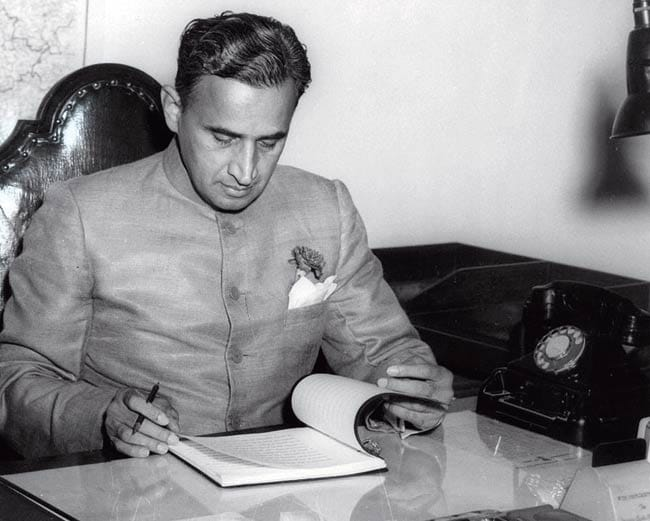Sir C.D. Deshmukh (pic above), the first Indian Governor of the Reserve Bank of India in 1843, was the finance minister from 1950 to 1956 and presented the annual statement of receipts and expenditures of the Union Government, called the budget in 1951-52, effectively the first year after India became a republic.
A quick comparison of this budget with the latest one shows how much changes in 70 to 75 years.
The revenue receipts in 1951-52(FY 52) were expected to be 370 cr INR and the expenditure 375 cr with a deficit of 5cr.
Cut to estimates for 2023-24 (FY 24). The revenue receipts are INR 26.3 lac cr. A jump of 7108 times. But expenditures have increased even more relatively. The total expenditure budgeted is INR 45 lac cr i.e. 12,000 times.
Inflation and growth - both have played their parts.
Amongst other interesting items, the Government in FY 52 was planning to import 2 million tonnes of wheat from the USA, the balance of payments was positive at 66 cr INR.
The number of taxpayers was however not insubstantial in the context then. Against a population of 45 cr, we had 6 to 7 lac income taxpayers.
In FY 19, we had 6.7 cr taxpayers (including companies and firms) with about one lac of individuals reporting more than 1 cr income.
The defence used to have a very high proportion of expenditure earlier. Out of 375 cr in FY 52, defence accounted for 180 cr. In FY 24, it is expected to be 5.96 lac cr ( 3311 times of FY 52) out of the total of 45 lac cr.




